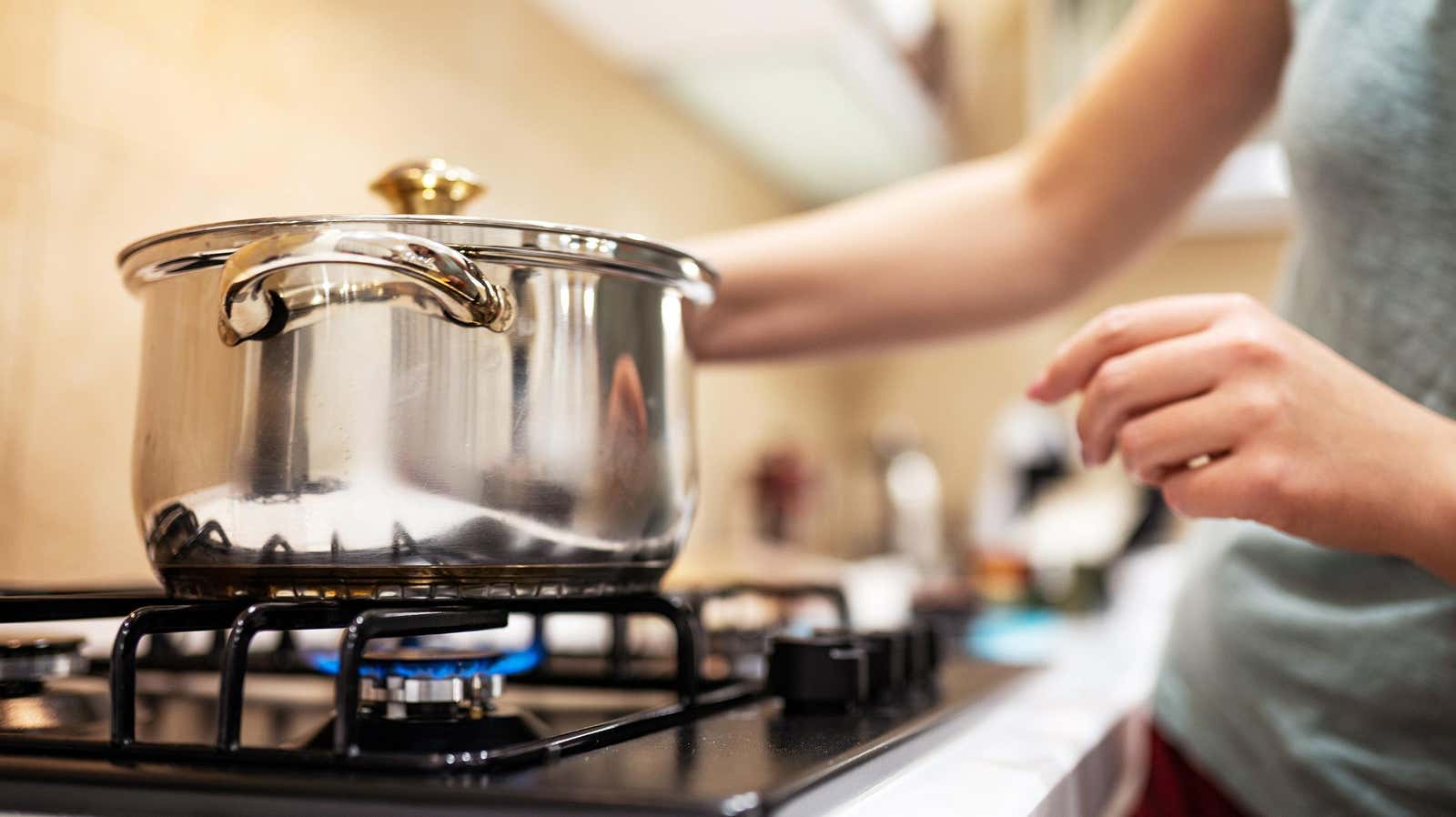Are Gas Stoves Harmful to Health?

I have always cooked on gas stoves. I grew up in a house with a gas stove, I have one in my current house, and I look back with disgust on the electric apartments of my adult life. I will complain about them for a long time, don’t get me started. But there is growing evidence that gas stoves and ovens cause enough indoor air pollution to worsen asthma in children.
This caught my attention because I have a gas stove and asthma. The same can be said about several family members. This could be a coincidence; about 8% of the US population suffers from asthma, and a third of American families cook on gas. But again, there is evidence to suggest that gas stoves are one of the pollutants that can contribute to asthma exacerbations. Vox has a detailed summary of the evidence here , which is worth a read if you’re concerned.
It is a little difficult to interpret this evidence. Asthma severity is higher in homes with high amounts of nitrogen dioxide in the air, and gas stoves are the main source of indoor nitrogen dioxide. But asthma is also more severe for children who grow up in low-income families, who also tend to live in areas with more air pollution. It is important to note that access to health care and asthma medications also depends on income levels, and studies like this one have shown that the impact of nitrogen dioxide on asthma appears to be much smaller when these factors are taken into account.
All of this is to say that we are now arguing about how bad gas stoves are for health, not whether they are bad. If you are building or buying a home and want to make the right choice for your health, an electric or induction cooker is your best bet. Electric stoves suck, but they’re not that bad once you learn how to cook on them . Induction hobs are expensive, but by all accounts they are very comfortable to cook on. (Induction is when the hob itself doesn’t heat up; instead, the serpentine causes your cast iron or stainless pan to heat up.)
What to do if you have a gas stove
The best way to reduce indoor pollution from gas stoves is to take ventilation seriously. Oddly enough, while gas dryers and stoves are supposed to vent air to the outside, gas stoves often don’t.
So, first find out if your hood actually comes out. A good one will have a vent that goes through the wall or up the chimney. The crappy one will simply recirculate the air, essentially sucking it in from the stove area and blowing it right overhead.
If you have a good hood, you can make sure it captures most of the contaminants by cooking on the rear burners and turning the fan on to maximum power when you cook on the front burners using multiple burners. or something to fry.
If you have a recirculating hood, create ventilation in a different way if possible. Opening a window is one solution you can use when the weather is nice. You can install an exhaust fan directly into an outside wall to help ventilate the kitchen while you cook. (If your kitchen is next to a bathroom, turning on a bathroom fan might help a little.)
Hoods and fans can be loud and annoying, so if you’re looking to update your kitchen but can’t replace the stove, it might be worth looking into a quieter hood (so you use it more often). ) and/or moves more air (to remove more contaminants in use).
It’s also important to remember that while gas stoves pollute indoor air more than other stoves, cooking tends to create particulate matter and release volatile compounds into the air. So ventilation is a good idea no matter which oven you use.